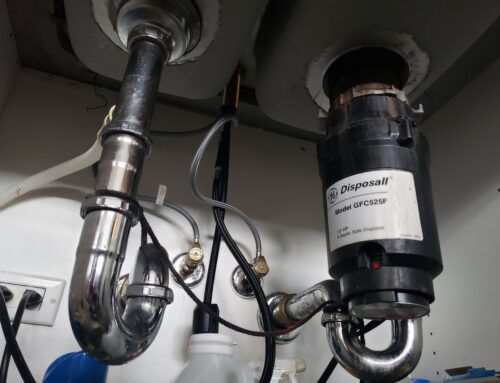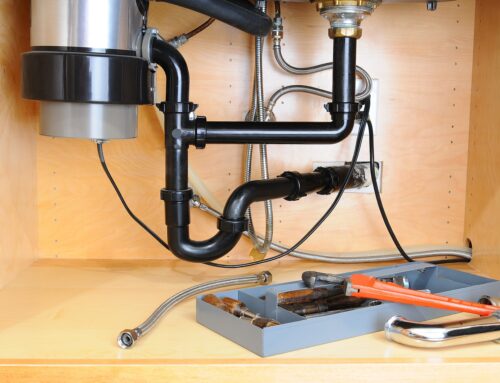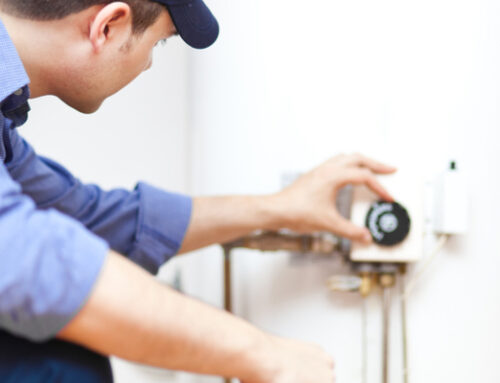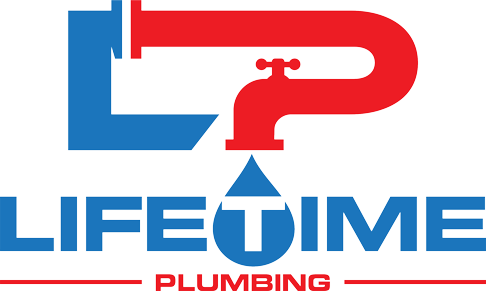Table of Contents
Common Causes of a Running Toilet and How to Fix Them
If you are facing a running toilet, you might be able to get it resolved without the need for a professional plumber. Usually, the overflow tube, flush valve, or fill valve must be adjusted or replaced.
These toilet components are affordable and may be purchased at your local home center, hardware shop, or even certain department stores.
Let’s detail the common reasons for a running toilet and how to fix them
You can explore our Toilet Parts Diagram for a clear breakdown of how toilets are assembled.

How to Adjust or Replace an Overflow Tube
The overflow tube, which is a hollow tube attached to the flush valve, keeps the toilet tank from overflowing if the fill valve is not shut off.
Check the water level
Remove the tank lid and check to see whether the water level is too high, causing it to pour into the overflow tube. If so, the water level should be lower.
If water does not flow into the overflow tube, the problem is most likely with the flush valve.
Adjust the Float Rod or Float Cup
In order to reduce the amount of water in the toilet tank, adjust the float rod or float cup. A float rod extends horizontally from the fill valve to the float ball. A float cup is a tiny cylinder that wraps around the fill valve and adjusts to the water level.
In order to reduce the water level, turn the adjustment screw approximately a quarter turn counterclockwise with a screwdriver, channel locks, or pliers. Keep going and adjust it until no more water goes into the overflow tube.
Verify the Overflow Tube Height
If the overflow tube is too short, water will continue to flow into and out of the tank. To resolve this, replace the flush valve. The new flush valve needs to be compatible with the toilet.
How to Replace a Toilet Flush Valve
The flush valve is a component of the toilet that includes an overflow tube, tank-to-bowl hardware, a tank-to-bowl gasket, a flapper, and a chain that links the flapper. A flush valve’s primary function is to open the flapper, allowing water to flow into the toilet bowl when flushed, and to close the flapper, allowing the toilet tank to refill.
Inspect the chain
Check that the chain is the correct length to allow the flapper to close and open completely without the use of additional chain. If the chain is too short, it will prevent the flapper from closing correctly. If the chain is overly lengthy, it may become stuck behind the flapper, creating a leak.
Inspect the flapper
Turn off the toilet’s water source and empty the tank. Inspect the flapper on the bottom. If it’s unclean or slimy, soak it in white vinegar before rinsing with clean water. If it’s twisted or worn, replace it.
Remove the flush valve
Turn off the water to the toilet. To drain the toilet tank, flush the toilet. Dry up any residual water using a cloth or towel before disconnecting the tank’s water supply with channel locks.
To remove the old flush valve, disconnect the flapper and remove the bolts that connect the tank to the bowl. To reach the toilet-to-bowl gasket, lift the tank off the toilet. Loosen the flush valve nut.
Install the valve
Install the new flush valve. Tighten the flush valve nut. Replace the tank-to-bowl gasket. After that, carefully replace the tank and reattach the tank-to-bowl fittings.
Test the toilet
Finally, re-connect the water supply to the toilet and turn it back on.
Check for leaks at the tank’s foundation to prevent water damage. Flush the toilet to test the new flush valve and make sure the toilet stops running once the new part is installed by filling it up.
If the water continues to run, the tank-to-bowl gasket or flapper may be improperly placed.
How to replace a toilet fill valve
The fill valve regulates water flow into the tank from the main water supply. Replacing the fill valve is easier than replacing the flush valve, but you will still need a pair of channel locks and a cloth, towel, or sponge.
Check if the fill valve is faulty
Remove the toilet tank’s lid and verify the set water level and overflow tube height.
If the overflow tube is the proper height for the toilet and the water level is adjusted about an inch below the top of the overflow tube, yet water continues to flow into it, the issue is with the fill valve.
Turn off water and drain the tank
Turn off the water to the toilet using the isolation valve on the water inlet line. To drain the tank, flush the toilet. Soak up any extra water with a handkerchief. Finally, remove the water supply line by hand or, if it is tight, with channel lock pliers.
Unscrew and remove the assembly
Unscrew the locking nut at the tank’s bottom and remove the fill valve assembly. Place the old fill valve in a sink or bucket to collect extra water.
Insert and Adjust the New Fill Valve
Adjust the height of the new fill valve to fit the toilet tank and desired water level. Place the threaded end of the valve at the bottom of the tank. To ensure a watertight seal, secure it to the tank with a locking nut.
Reconnect water and test
Finally, reconnect the water supply and turn it on. If the replacement was successful, the fill valve will instantly start filling the toilet tank with water and stop when the float arm or float cup reaches the desired level.
Contact Lifetime Plumbing and get your running toilet solved
If you tried to fix it but you were not successful, you can always contact Lifetime Plumbing, your licensed plumber in Chicago.
Lifetime plumbers can also help with emergency plumbing, commercial plumbing, residential plumbing, installing and repairing water heaters, fixing water leaks, gas leaks, drain cleaning and tankless water heater repair and installation.







